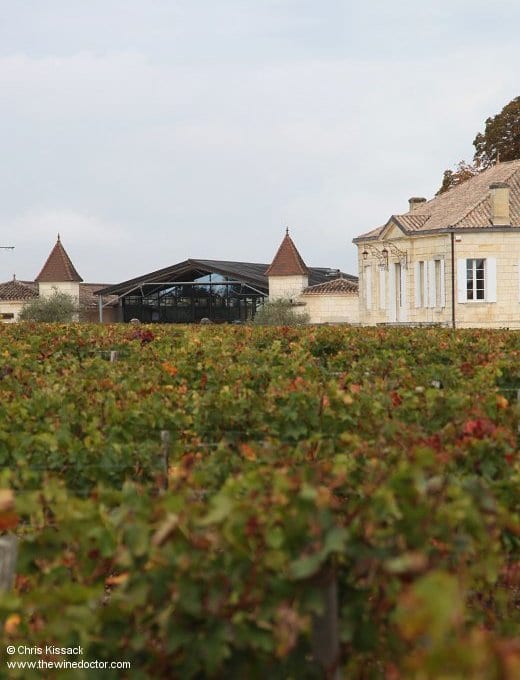Château La Violette
Up on the periphery of the Pomerol plateau, as the land slopes down towards the Barbanne, there can be found a number of worthy châteaux. Some are, perhaps, more worthy than others, and one that I have enjoyed visiting and tasting at recently is Château Le Gay. With careful selection – focusing on the vines in front of the château, and not the sandy riverside slopes behind – the wine of this estate can be an excellent choice for drinking.
As with many visits, however, there is more than one wine in the line-up. And any tasting at Château Le Gay is likely to end with Château la Violette, a wine which offers a very different taste experience to that of Le Gay. In part this reflects the origins of the fruit, as the vines of La Violette – or at least the ones that matter – are located between two prestigious châteaux on the Pomerol plateau, not on the periphery. And in part it reflects the no-holds-barred attention to detail in making this wine, a process that takes super-low yields, hand-destemming and microvinifications in barrel and, in blending them all together, turns them into a lushly textured, deep-pile wine of remarkable presence and character. It is certainly a distinctive wine, and that was always what the late Catherine Péré-Vergé, who ran this domaine until she passed away in 2013, wanted it to be.

